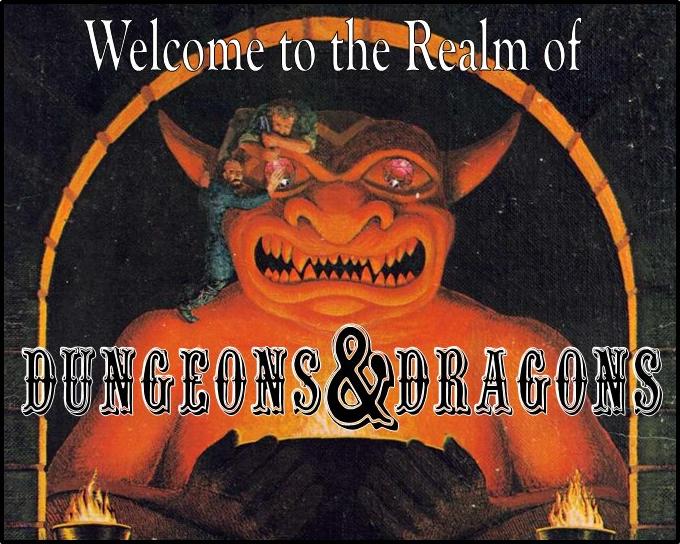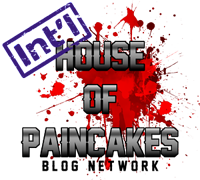I've tidied up the Non-Human Level Limits, mainly because I've expanded the additional levels for having a high attribute. Please note though, these ruling are really only applicable to my own Lemurian Campaign and are only posted to give an idea of how things could be done.
Race/Class Limitations & Multi-Classing
The Human race has just one special ability in the lands of Lemuria – Humans can choose to be of any class – Fighter, Paladin, Barbarian, Knight, Illusionist, Assassin, Wizard, Cleric, Bard, Ranger, or Rogue – and can rise to great level in that class.
The other races have fewer choices of character classes and usually are limited in the level they can attain. These restrictions reflect the natural tendencies of the races (Dwarves like war and fighting and dislike magic, etc.). The limits are high enough so a Non-Human can achieve power and importance in at least one class. A Halfling, for example, can become the best Rogue in the land, but he cannot become a great Fighter.
The limits also exist for play balance. The ability of humans to assume any role and reach any level is their only advantage. The Non-Human races have other powers that make them entertaining to play -- particularly the ability to be Multi-Classed. These powers balance the enjoyment of play against the ability to rise in level.
Dwarven level limitations
Assassin – 10th
Cleric – 15th
Fighter – U
Rogue – 10th
Elven level limitations
Assassin – 10th
Cleric – 10th
Druid – U
Fighter – 15th
Ranger – 15th
Rogue – U
Wizard – 15th
Gnomish Level Limitations
Assassin – 15th
Cleric – 10th
Fighter – 10th
Illusionist – U
Rogue – U
Half Elven Level Limitations
Assassin – 10th
Bard – U
Cleric – 10th
Druid – U
Fighter – 15th
Ranger – 15th
Rogue – U
Wizard – 10th
Halfling Level Limitations
Cleric – 10th
Druid – 10th
Fighter – 10th
Rogue – U
Half Orc Level Limitations
Assassin – U
Cleric – 5th
Fighter – 15th
Rogue – 10th
Exceeding Level Limits
Non-Human Characters with extremely high scores in their ‘Prime’ Attributes can exceed their racial maximum levels. In the case of Multi-Class characters, the additional Levels only apply for the Prime Attribute of the class in question
Level Bonuses for High Prime Attributes
Additional Levels for having high Prime Attribute Scores
Level/Bonus
14 = +1
15 = +2
16 = +3
17 = +4
18 = +5
19 = +6
For example – "Kalar the Holy" is a Dwarven Cleric and is limited as such to 15th Level in the Cleric Class. However his Wisdom is 18, this means that Kalar can reach 20th Level as a Cleric.
Multi-Classing & Dual-Classing
Multi-Classing is an option available only to Non-Human characters, is simultaneous advancement in two or more different classes. Dual-Classing, an option available only to Human Characters is the ability to switch classes and begin Advancing exclusively in a new character class.
Multi-Classing
There is specific information about the interaction of the restrictions and abilities of Multi-Classed Characters. Gnomish Multi-Classed characters are (for example) limited to Leather Armour in order to cast spells, while Elven Multi-Classed Characters are not. These restrictions reflect the particular nature of the non-human races. It is a general rule however, that a Cleric/Fighter may always use edged weapons.
When a non-human character has more than one character class, any experience points gained by the character will be divided evenly between those classes, once the character can no longer progress in one of the classes this splitting of XP ends – and the XP is given in its entirety to the Class the character may still advance in.
Restrictions
• Multi–classed characters use the least restrictive weapons list for their classes.
• Multi–classed characters use the most restrictive armour list of their classes.
• Multi–classed characters cannot combine abilities.*
• Starting gold is determined by rolling for each class individually, combining the results and dividing that by the number of classes the character has.
*For example, a fighter’s extra attack means that the character can make an extra normal attack and not use that extra attack to deflect missiles, make a back attack or inspire.
When the character advances in one of his or her classes, additional hit points are determined by rolling the appropriate die (D4 for Wizards and Illusionists, D6 for Thieves and Assassins, etc.), adding the appropriate constitution modifier, and dividing by the number of Classes involved (so two for a Cleric/Thief, or three for a Fighter/Cleric/Wizard, for example). It is therefore entirely possible for a multi-class character to be at different levels of experience in different Classes. As an example, a Half-Orcish Cleric/Assassin of Level 10/12 is possible.
Dual-Classing
In order to switch from one class to another, the human character must have an ability score of 15+ in the Classes Prime Attribute of the original Class, and of 17+ in the Prime Attribute of the new Class.
The character retains his or her Hit Points.
He or she can use the particular abilities of the original class, but doing so will cause the character to forfeit all experience points that would be gained from using the original Classes Abilities (as determined by the GM). This restriction applies until the character has advanced in the new Class to a Level at least one higher than was attained in the original Class.
When the character begins the process of learning a new class, he or she gains the Abilities of the new Class as a First Level member of that Class, and all Experience is applied to progressing in the new class. The Character gains no additional Hit Points until reaching a Level in the new Class one Level higher than in the original Class, after which time the Character’s Hit Points advance as per the new class.
Unlike multi-class characters, dual-classed characters cannot perform the functions of several different classes simultaneously. So, for example, an Elven Fighter/Wizard could cast Arcane Spells while wearing Armour, but a Human Dual-Classed Fighter/Wizard would have to remove his or her Armour to do the same thing. However, with dual-classed characters, any combination of classes is possible, provided the character qualifies in terms of Primary Ability Scores and can comply with any relevant Alignment restrictions. An individual with very high Ability Scores could therefore play a Cleric/Paladin or a Wizard/Illusionist.
Restrictions
• Dual–classed characters take the best to hit bonus of their classes.
• Dual–classed characters use the least restrictive weapons list for their classes.
• Dual–classed characters use the most restrictive armour list of their classes.
• Dual–classed characters cannot combine abilities.**
**For example, a fighter’s extra attack means that the character can make an extra normal attack and not use that extra attack to deflect missiles, make a back attack or inspire.
Skills & Saves for Multi-Class /Dual Class Characters
When it comes to Saves and Tasks involving your Level, you use the Appropriate Level. Aladon is about to Pick a Lock. Aladon is a 3rd Level Thief/2nd Level Wizard. He would use his Rogue Level when rolling to pick the Lock. Likewise, to make an INT based Saving Throw vs. a Spell – Aladon would use his Wizard Level as INT is a Wizards Prime Attribute.







